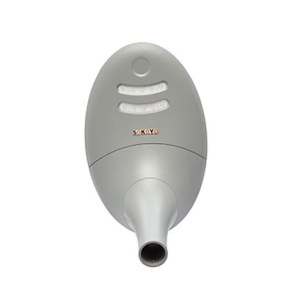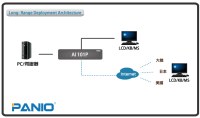 |
|
|
Informática
IOT STREET LIGHT CONTROLLER SYSTEM |
|
Esta página es acerca de los importadores y exportadores de IOT STREET LIGHT CONTROLLER SYSTEM Buscar en la categoria : Informática Buscar en la categoria : street, light, controller, system |
Wednesday 14 September 2016
Cantidad : 5000 - Precio : 50,00 €
Long life-Heavy Duty Bellows Seal Stop Valves DIN Standard Long Life-Heavy Duty Bellows Sealed Stop Valves DIN Long life bellows Seal Stop Valve DIN Long life bellows globe valve DIN Long bonnet bellows globe valve DIN Faltenbalgventil lange Bauform DIN Válvulas de fuelle de...
ETM Armaturen
- 59590 - Henri Durre
- 86 577 67953935
Wednesday 20 May 2015
AI101P Single Port KVM over IP The KVM over IP technology (IP-KVM) combines digital remote KVM access via IP networks with comprehensive and integrated system management. The IP-KVM defines a new class of remote KVM access devices that can save your money, time, space, and equipment...
ACAFA Information Co.
- epanio
- 335 - Dasi Township
- +88 6 33 07 13 00
Tuesday 08 September 2015
Module parameters HD-720P-38*38mm 1.0megapixel low-illumination HD web camera Network Camera - Sensor type 1/4 inch、1.0megapixel , CMOS low-illumination width dynamic sensor - Minimum illumination Color: 1 Lux/F1.2, black and white: 0.02Lux/F1.2 - Electronic shutter 1/5 second ~ 1/50...
ZT Technology Group Ltd.
- ellazhan
- 852 - Fo Tan
- +85 2 26 75 75 58







